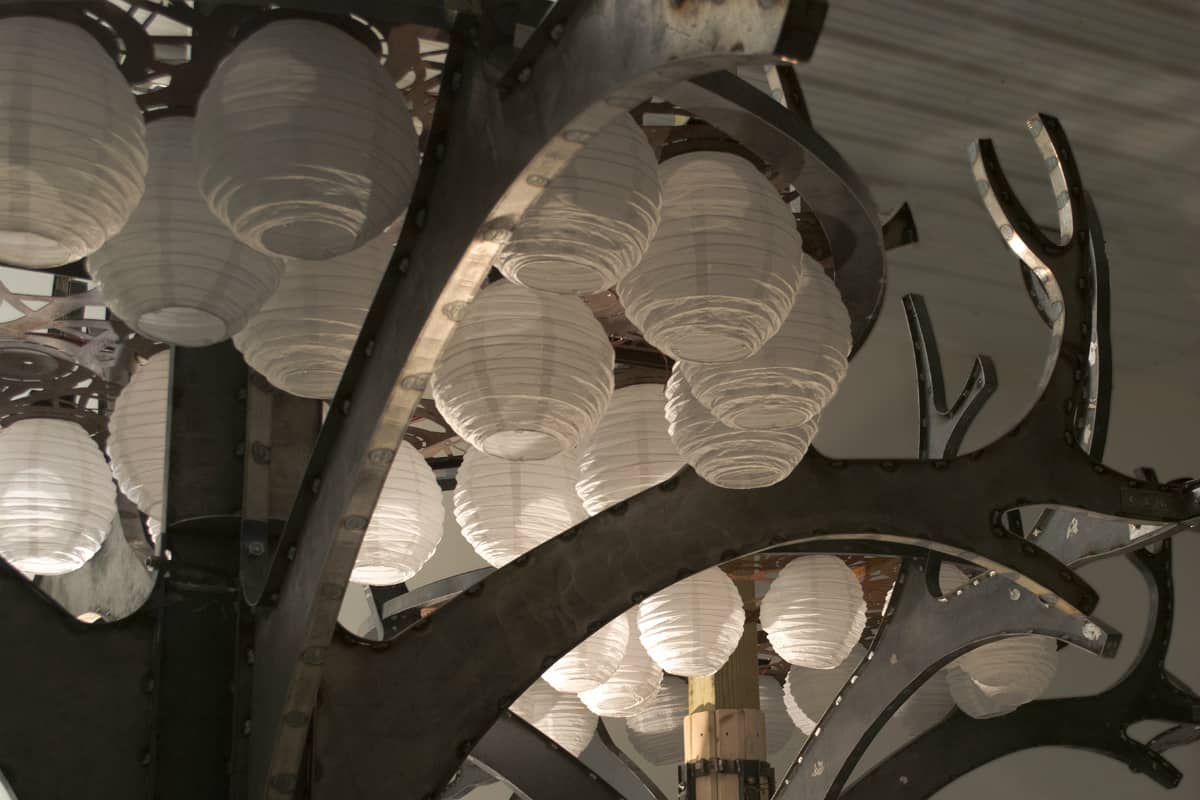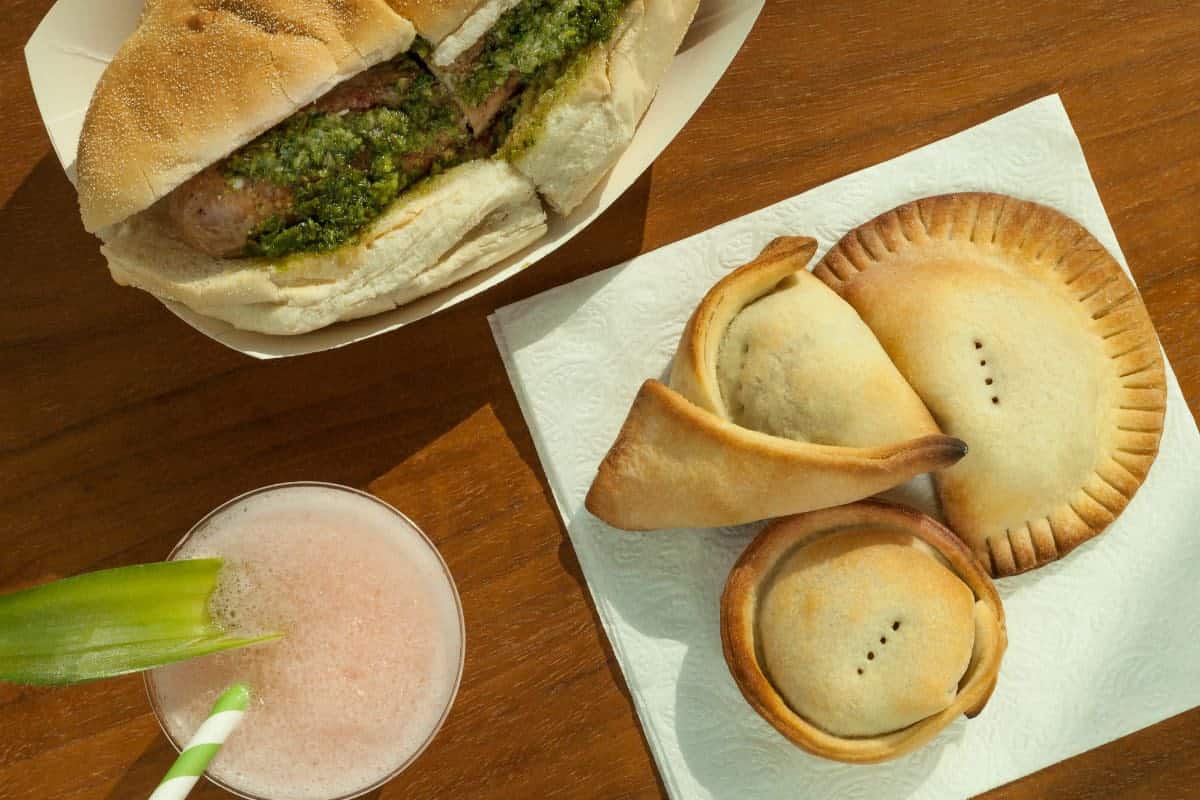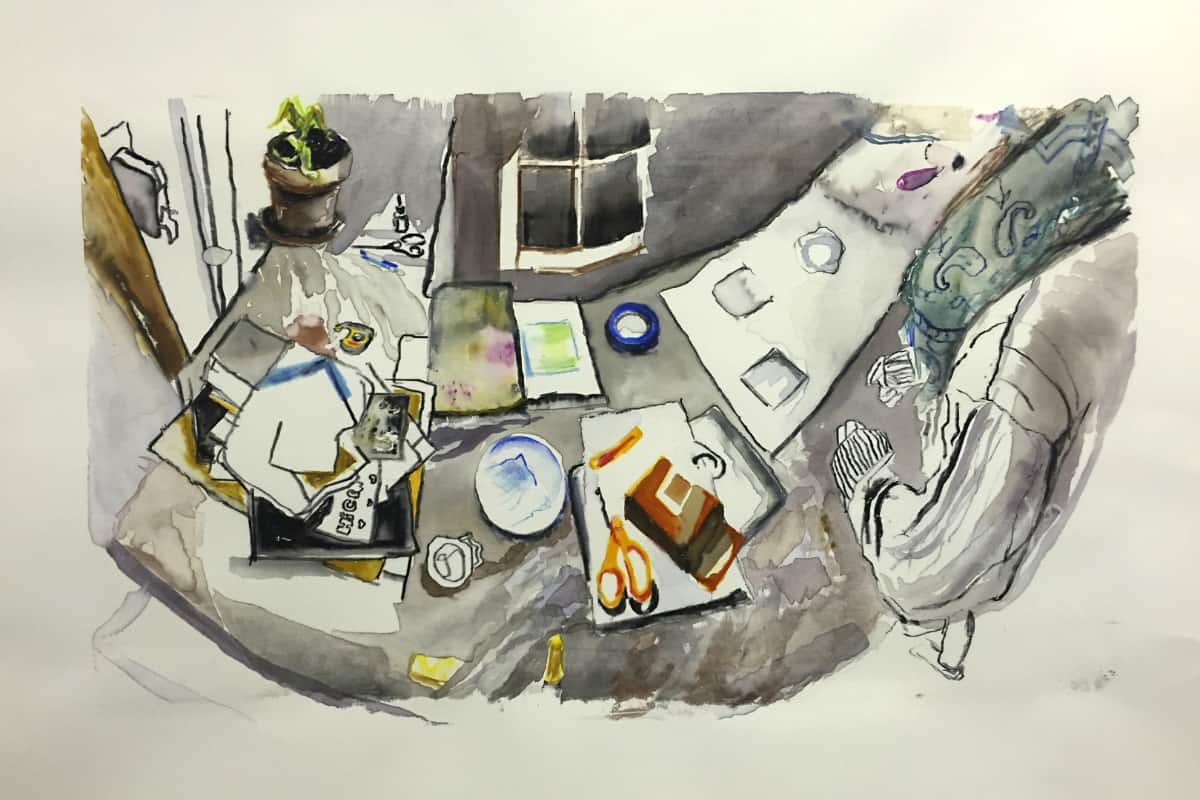Ed Andrews melds environmental activism with concerns about government surveillance in his new Invasive Species installation.
Initially, Invasive Species, a new exhibit by Ed Andrews, was supposed to solely be a commentary about the state of the environment. After all, Andrews, a Kansas native, has been fighting invasive species all his life whether it’s the loss of 12 American elm trees in his childhood home or the European Gypsy moth making quick work of the trees around Andrews’ northern Rhode Island studio.
The installation for Invasive Species at Boston Sculptors Gallery includes a large tree canopy and eight “spiders” that live in it. After a while, Andrews says, it became clear that the spiders looked like little drones so he decided to add cameras to the unit to make them even more invasive. The result is an exhibit that is not just a commentary about contemporary environmental issues but also about government surveillance.
Surveillance has bubbled up as a theme in Andrews’ earlier work as well. In See/Through at the Mills Gallery at the Boston Center For the Arts, the gallery space accommodated several real-time viewing stations fitted with surveillance cameras that could be trained on neighboring spaces. “As a citizen artist, I am inherently sensitive to changes that potentially threaten the rights and personal freedoms of the individual over and against any kind of authority,” says Andrews, a professor of sculpture and 3-D fundamentals at Northeastern University in Boston.
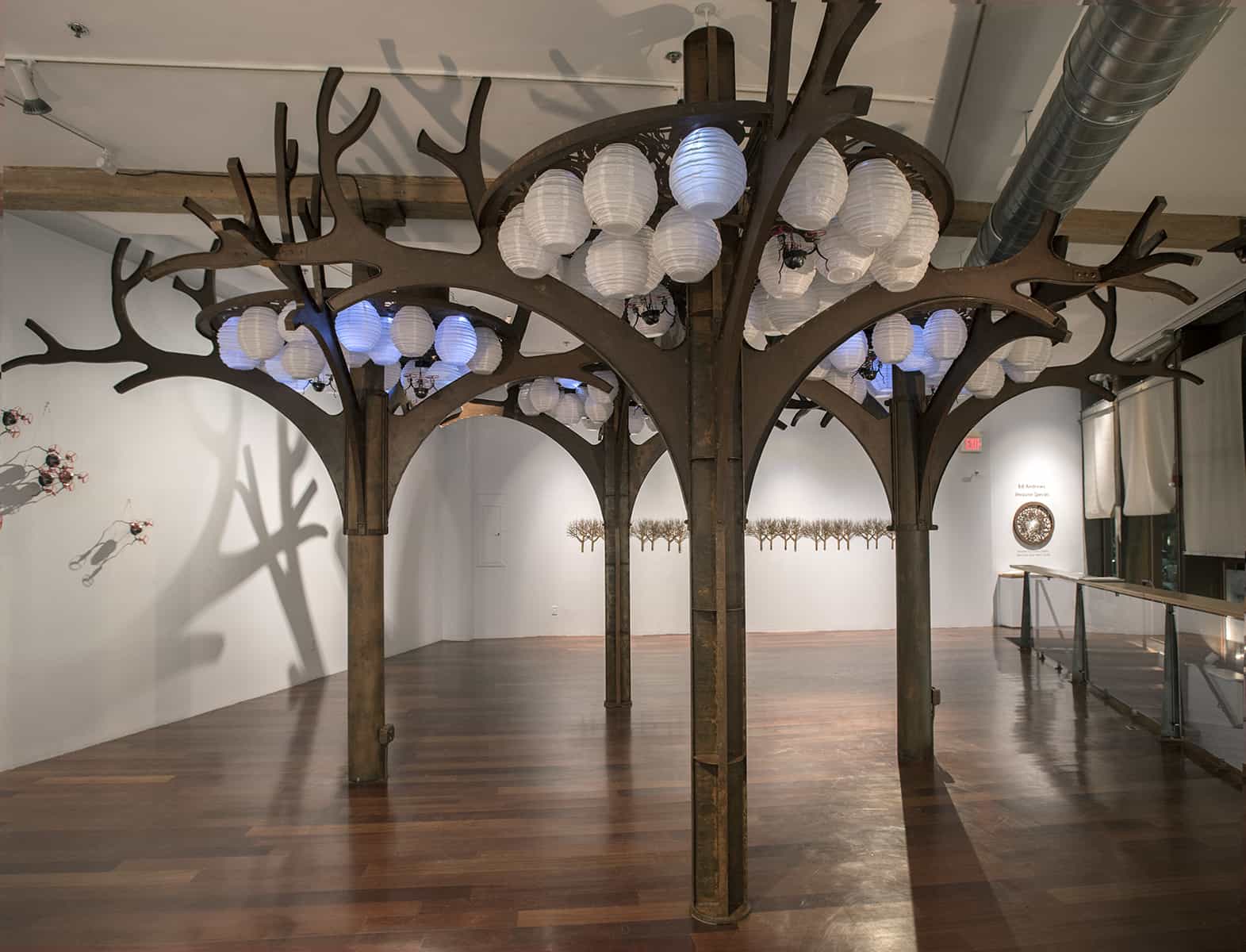
Invasive Species installation. Photo by Eric Antoniou
Much of Andrews’ activism on behalf of the environment comes from being steeped in it. His studio in Glocester, Rhode Island, is surrounded by deep woods, which he recently got rezoned as a forest. To achieve that he had to work with a state forester to learn about the woods and how to best manage what he had. “That includes managing invasive species of plants and insects and much of my knowledge of invasive species are a direct result of my forestry management training,” Andrews says.
Andrews started out as a landscape painter and switched to sculpture after seeing friends pursuing it. Growing up in a shop environment with his dad who taught him about tools also helped. Now he describes himself as a landscape sculptor bringing elements such as wind, water, light, sound and movement into his work.
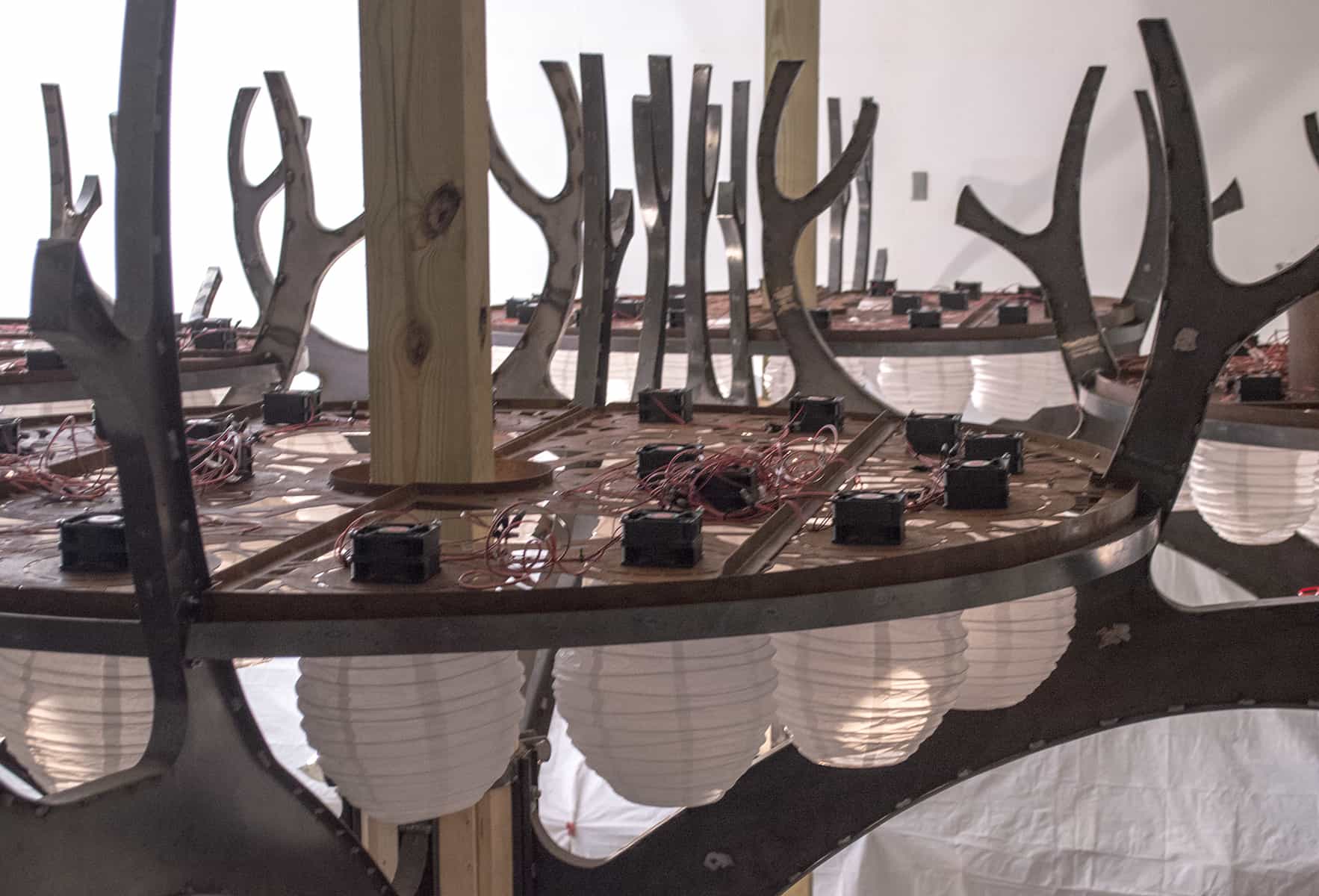
Invasive Species detail during installation. Photo courtesy of Ed Andrews.
What does Andrews want viewers to take away from Invasive Species? “I want them to be both seduced in the space and a bit unnerved as the activity in the canopy increases in rhythm and the sounds become more intense,” he says. “But I also hope to create a memorable experience of a magical kind of environment that they enter fully, that surrounds them with sound and movement and recreates a little of the awe that we all feel when we enter into the woods.”

